500 Hood Road, Suite 320Markham ONL3R 9Z3
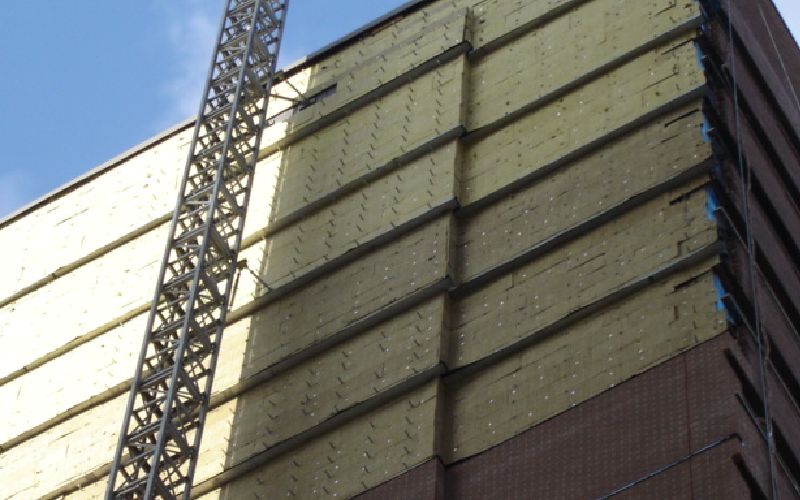
Your commercial building should provide a comfortable, welcoming environment for the people using it, keeping cold winter weather or hot summer weather out, as well as rain, excessive humidity, wind, and other undesired elements. However, the building has several other requirements as well, from aesthetics to structural integrity. To satisfy all of these requirements properly, choosing building materials carefully is essential.
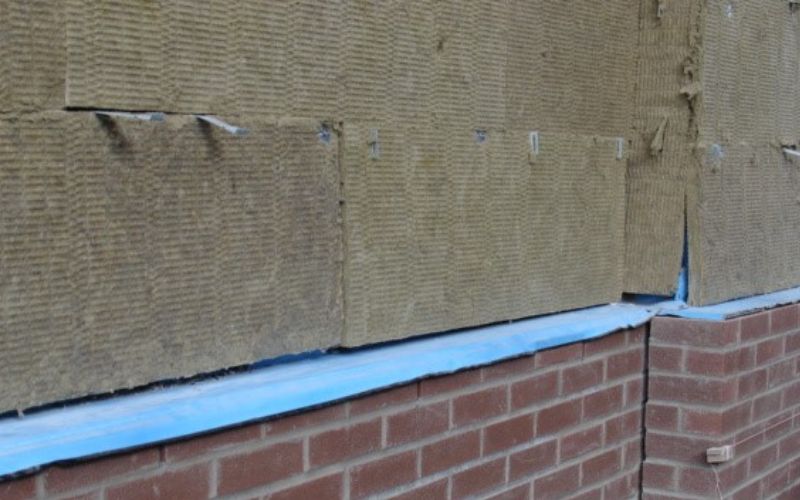
A building envelope is the outer, protective layer of a building; it keeps outside conditions, like wind, water and humidity, dirt, and temperature extremes out, for more comfortable interiors and good indoor air quality, as well as protecting the structure. It is an interconnected system that incorporates different structures and materials that address different purposes. The waterproofing in the roof keeps moisture out, the insulated windows allow light but not heat in, and so on.
On the exterior, roofing and wall system elements need to use construction materials that are suitable. The interior environment is also maintained by inner elements of the building envelope, such as interior building structures, lighting, HVAC, and other systems.
The materials chosen greatly impact how well the building envelope can do its job.
A variety of factors can be considered when choosing interior and exterior materials to create effective building envelopes. The best materials will serve more than one function. Building design will impact what materials are appropriate, too.
Material choice goes beyond the simplest choice of visible roofing or wall materials, such as choosing a tile roof or concrete finishes for walls. Layers of membranes and other materials under the roof surface and in the wall cavity contribute to the efficiency of building envelopes, so care must be taken into consideration when choosing all of these materials.
For visible portions of the building envelope, aesthetics can be a significant consideration. For certain commercial buildings, such as shopping or recreation centres, this may be more significant than for standard office buildings.
Commercial buildings need to withstand heavy use and forces. A commercial low-slope roof is cost effective and provides room for heavier commercial building equipment and HVAC, but is subject to heavy weights, and must be designed carefully, with durable materials. Walls and other building elements face the same concerns. Reinforced concrete, metal, and materials engineered for strength are essential.
Many commercial buildings are moving towards greener and more energy efficient systems. There are a variety of ways this can be attempted, from integrating solar panels, cool roof technologies that leverage advanced materials, better insulation materials, and more.
Design and techniques, however, play an important part in this, so simply purchasing highly-rated insulation is not the complete answer. For example, using continuous insulation methods is more effective than cavity insulation in a wall section; with this, seamless, complete coverage of insulation is used behind exterior cladding for superior results.
Also consider the environmental friendliness of a material or the energy and process that goes into fabricating it.
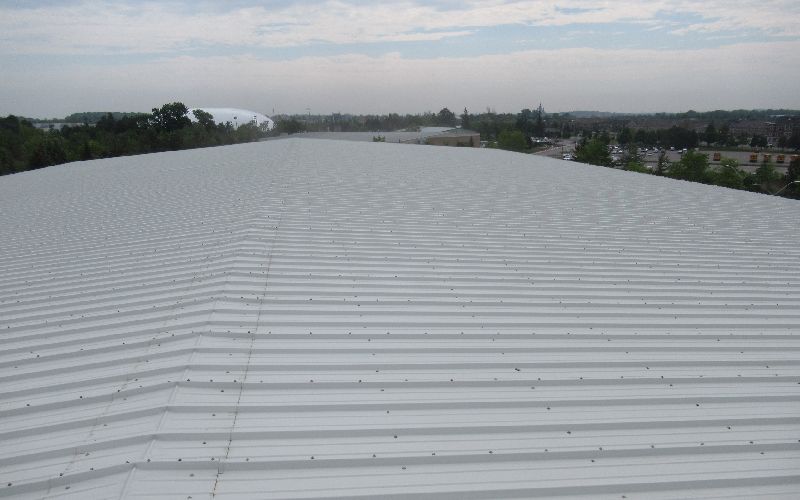
In some situations, a quick application may be necessary. For example, in windy areas, fast adhesion of membranes is essential so dust and dirt doesn't blow into the building during construction.
Although cost obviously is a significant consideration, it's important to also consider expected ongoing costs with that material choice. Some lower cost materials may need much more frequent maintenance and may not last as long as other choices.
The technique used will also have an impact on maintenance and cost. With screw down metal roofs, the washer holes get wallowed out by the screws, needing more maintenance than standing seam roofs.
Certain building components have legislative standards, and safety should be a consideration in all material choices. Fire resistant layers, liquid membranes that don't off-gas dangerous chemicals, and other safer and healthier choices make for better and more environmentally responsible buildings.
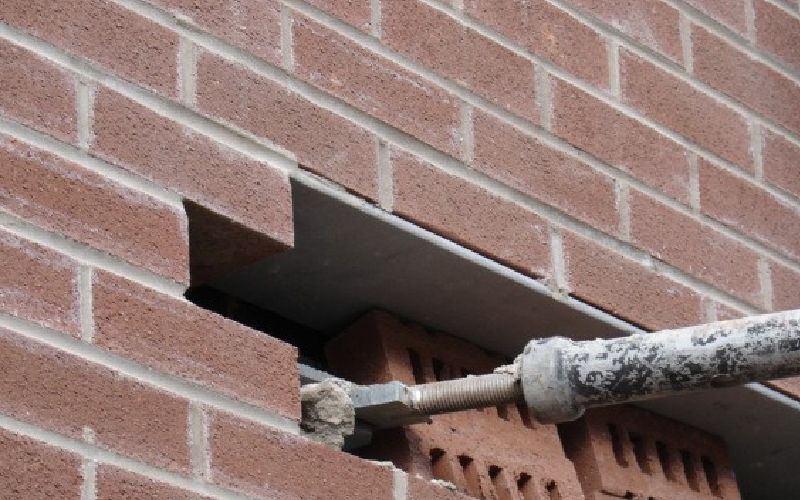
To ensure your building envelope can handle all expected weather conditions, it's important to assess what those conditions are, and choose suitable building materials that stand up well.
Environmental conditions will affect which materials are best. A metal roof is long lasting with exceptional durability, but in a hot, humid climate, the warm air and moisture infiltration the roof is exposed to makes an steel roof unsuitable because of rust, although a copper one would be more successful.
Insulation and thermal performance is critical with Canadian extremes of temperature. Thermal transfer is a concern for large buildings for heat loss or overheating, and makes an HVAC system have to work excessively. Not only does this mean increased energy bills, reduced lifespans of HVAC systems, but also hurts your efforts to be environmentally friendly.
Waterproofing is an element of the building envelope that benefits from layers of redundancy, and choosing materials carefully if you are in rainy or humid climate zones is essential.
For protection against summer storms and winter snow thaws, waterproofing is a must for many Canadian properties. In addition to best practices in installing waterproofing membranes, such as installing with minimal numbers of seams and ensuring redundancy with layers of membranes, it’s important to choose waterproof materials that adhere well to prevent gaps, and are durable, since punctures and rips mean the material is no longer waterproof.
A moisture and air barrier prevents condensation in a wall system or low-slope roof system; mechanically-attached membranes of polyethylene or polyolefin are common.
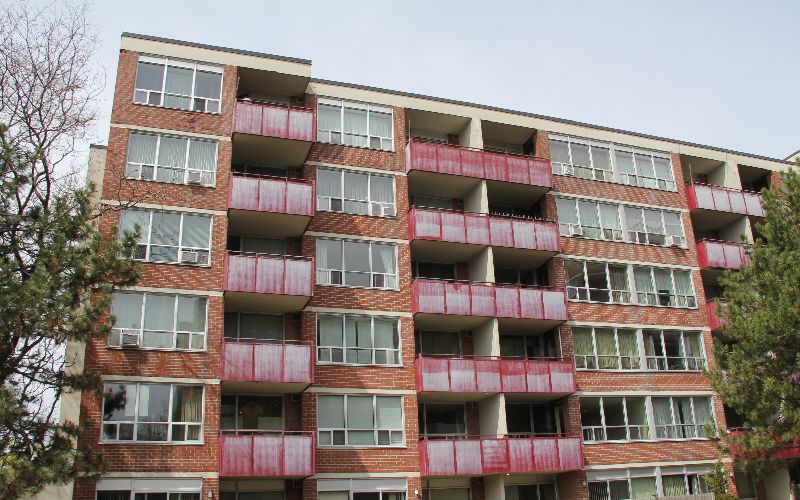
Poor material choices will lead to poor building envelope performance. The best way to ensure you are using the right materials for the purpose of your building and the other factors that come into play is to consult with building envelope specialists. ABSI offers consulting services and audits, with actionable, ranked recommendations, to make commercial building ownership easier.

Naji Hassan, a renowned professional in Building Science and Engineering, brings a wealth of knowledge and experience to his field. Educated at Beirut Arab University and Harvard Business School Online, Hassan has honed his expertise in structural and municipal engineering, building science, and business management. As the President of Accent Building Sciences and an experienced Senior Project Manager, he has made significant strides in building envelope engineering, building condition assessments, and energy retrofit programs. His commitment to innovation and excellence is evident in his approach to large-scale project management and his active participation in industry organizations. Hassan is not only a leader in his field but also a prolific writer and thought leader. He regularly shares his insights and experiences through articles on LinkedIn, which can be found at LinkedIn Articles. Additionally, he maintains a blog where he delves deeper into various aspects of building science, accessible at Accent Building Sciences Blog. Outside of his professional pursuits, Hassan enjoys travel, golf, languages, gardening, and music, reflecting his diverse interests and well-rounded character. Naji Hassan's journey in building science and engineering is not just a career but a testament to his lifelong dedication to learning, teaching, and inspiring others in his field.

500 Hood Road, Suite 320Markham ONL3R 9Z3